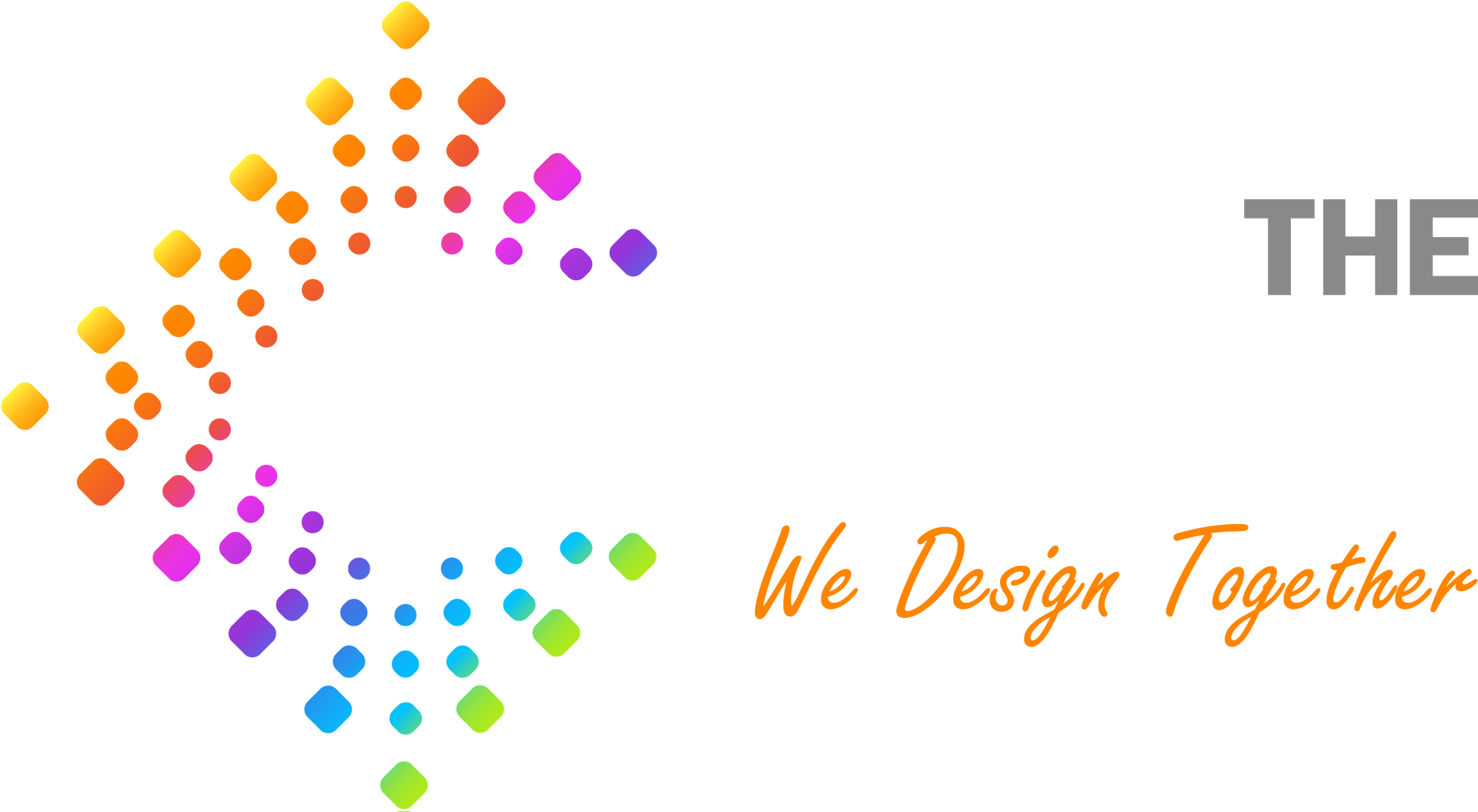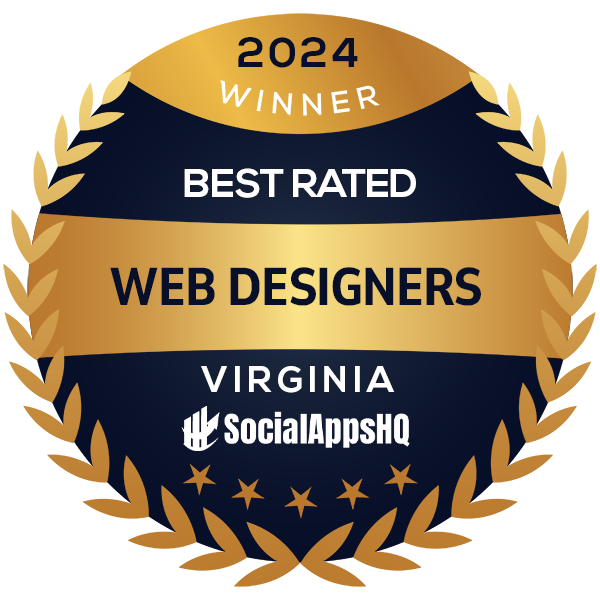Is Your Website the Perfect Match? Choosing Between Template and Custom Design
With February in full swing, love is in the air—and not just for romance! It’s also the perfect time to show some love to your business’s online presence. Whether you're running a cozy café preparing for Valentine’s Day rush or a booming e-commerce store offering special promotions, your website is often the first impression potential customers have. But when it comes to building that website, you face a crucial choice: do you go with a template design or invest in a custom-built site?
As a website developer who has worked with businesses of all sizes, I’ve seen the pros and cons of both options. Let’s dive into each and find out which one is the perfect match for your business this February.
Understanding Template Design
What Is a Template Design?
Template designs are pre-made website structures that you can customize to fit your brand. Platforms like WordPress, Squarespace, and Wix offer thousands of templates for various industries, ranging from simple blogs to fully functional online stores.
The Pros of Templates
1. Cost-Effective:
If you’re just starting out and watching every dollar (especially after holiday spending!), templates can save you a lot of money. Most templates are affordable, and many platforms even offer free options. I once worked with a local bakery that had a tight budget, and using a pre-made WordPress template allowed them to launch their site for less than $500.
2. Quick Turnaround:
Templates are a great option if you need to get your website up and running quickly. Since the structure is already in place, you can have a live site in days rather than weeks—perfect for businesses rolling out Valentine’s Day specials last minute!
3. Easy to Use:
You don’t need to be a tech whiz to use a template. Most platforms offer drag-and-drop editors that let you customize colors, fonts, and images with ease.
The Cons of Templates
1. Limited Customization:
Templates come with certain limitations. If you want to tweak something outside the preset options, you might find yourself hitting a wall. For example, a florist client of mine wanted a custom bouquet ordering system, but their chosen template didn’t support it.
2. Generic Appearance:
Since templates are used by many other businesses, it’s hard to stand out. Imagine two Valentine’s Day gift shops using the exact same design—not very romantic for branding!
3. Scalability Challenges:
Templates might work for you now, but as your business grows, you could outgrow the design’s capabilities. For instance, adding advanced features like a membership portal or integrating complex tools could require a complete overhaul.
Understanding Custom Design
What Is a Custom Design?
Custom design means building a website from scratch, tailored specifically to your business’s needs. It’s like crafting a bespoke suit—every element is designed to fit perfectly.
The Pros of Custom Design
1. Tailored to Your Brand:
With a custom design, you get a website that’s 100% unique to your business. One of my favorite projects was for a boutique chocolate shop preparing for Valentine’s Day. We created a site that matched their elegant branding with heartwarming visuals—something a template just couldn’t achieve.
2. Enhanced Functionality:
Custom sites can include advanced features designed for your specific needs. Whether it’s a booking system for Valentine’s dinner reservations or an e-commerce platform with unique gift filters, the possibilities are endless.
3. Better SEO Optimization:
Custom websites often perform better in search engines because they’re built with SEO best practices in mind. A client of mine who runs a romantic getaway business saw a 30% increase in organic traffic after switching to a custom-built site.
4. Scalability:
As your business grows, your website can grow with you. You’re not confined by the limitations of a template—new features and pages can be added seamlessly.
The Cons of Custom Design
1. Higher Cost:
Custom designs require a bigger investment upfront. They’re ideal for businesses that see their website as a long-term asset. For example, a wedding planning company investing in a high-quality site can justify the cost because it’s a key revenue driver.
2. Longer Development Time:
Building a custom website takes time. Depending on the complexity, it could take weeks or even months. I often tell my clients to plan for at least 4-6 weeks for a moderately complex site—so if you’re planning ahead for next year’s Valentine’s rush, now is a great time to start!
3. Dependence on Developers:
With a custom site, you’ll likely need ongoing support from a developer for updates and maintenance. However, many developers (myself included!) offer maintenance packages to keep things running smoothly.
How to Decide Between Template and Custom Design
Now that we’ve covered the pros and cons, how do you decide which option is best for your business? Here are some key factors to consider:
1. Your Budget
Templates are the way to go if you’re on a tight budget. But if you have the resources and want your website to make a big impact, a custom design is worth the investment.
2. Your Timeline
If you need a website fast, templates are the clear winner. For businesses that can afford to wait a few weeks, custom design is a viable option.
3. Your Functionality Needs
Think about what you need your website to do. If it’s a simple informational site, a template might suffice. But if you need complex features, custom is the way to go.
4. Your Branding Goals
If your business relies heavily on branding and differentiation, a custom design will help you stand out.
5. Your Long-Term Plans
Are you planning to scale your business? If so, a custom design will be more flexible and adaptable to future growth.
Real-World Scenarios
Conclusion
February is a time for connection—whether it’s with loved ones or your target audience. Deciding between a template and custom design ultimately depends on your business’s unique needs, goals, and resources. Templates are great for quick, affordable solutions, while custom designs provide a tailored, scalable, and feature-rich experience.
If you’re still unsure, I’m here to help! As a website developer, I’ve worked with businesses at every stage—from startups to established brands. Let’s chat about your goals and find the perfect solution for your website needs. After all, your website should work for you, not the other way around!
All Rights Reserved | The Kreativs, LLC






